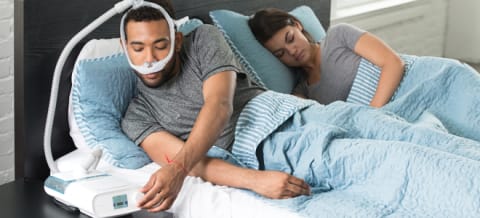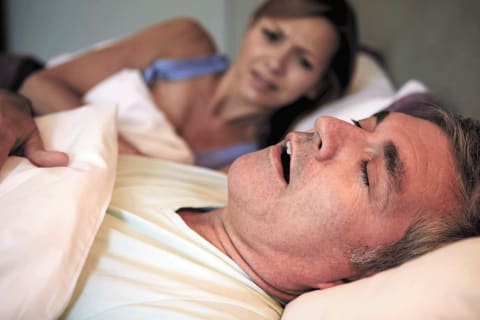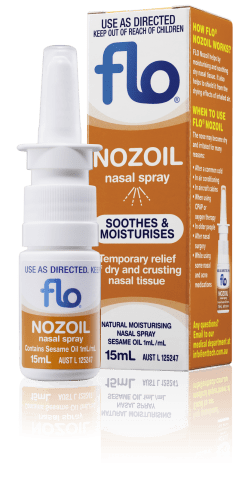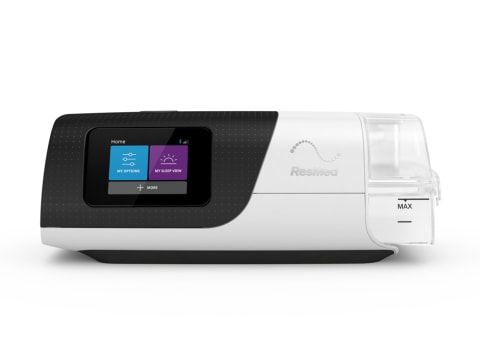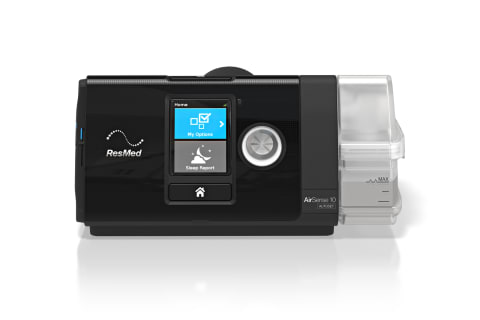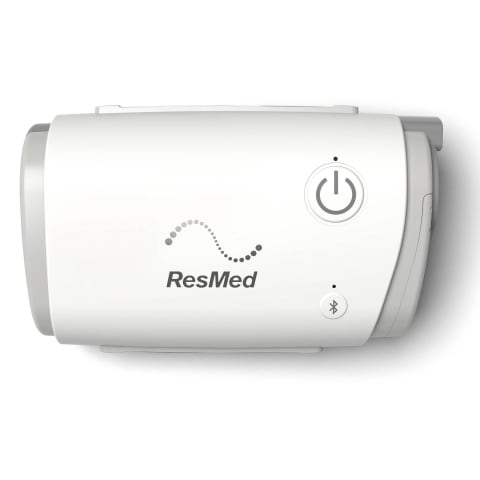Automatic CPAP Machines
 ResMed AirSense 10 AutoSet 4G CPAP Machine & Mask Package
ResMed AirSense 10 AutoSet 4G CPAP Machine & Mask Package
 ResMed AirSense 10 Autoset For Her 4G CPAP Machine & Mask Package
ResMed AirSense 10 Autoset For Her 4G CPAP Machine & Mask Package
 Philips Respironics DreamStation Auto CPAP Machine with Humidifier
Philips Respironics DreamStation Auto CPAP Machine with Humidifier
 Fisher & Paykel SleepStyle+ Plus Auto CPAP Machine and Mask Pac...
Fisher & Paykel SleepStyle+ Plus Auto CPAP Machine and Mask Pac...
<div “style=”display:none”>
An Automatic CPAP (APAP) machine is a sleep apnea device that adjusts the air pressure it delivers throughout the night. Unlike a fixed-pressure CPAP, which stays constant, an APAP detects changes in breathing, airway resistance, or apnea events and adapts pressure as needed. This dynamic adjustment improves comfort, particularly for people whose needs vary due to sleep position, weight, or congestion.
APAPs deliver only the minimum effective pressure, reducing side effects like dryness or bloating. Many models include heated humidifiers, ramp settings, and app-based tracking. They are often prescribed to newly diagnosed patients or those who struggled with traditional CPAP.
APAP is ideal for:
- Newly diagnosed patients needing pressure titration.
- Positional sleep apnea sufferers whose needs vary by sleep position.
- People with seasonal allergies or congestion.
- Patients with weight fluctuations.
- Light sleepers sensitive to high pressure.
Fixed CPAP may still be better for patients with specific needs. Always consult your sleep physician before switching.
Most APAP machines operate below 30 decibels, comparable to a whisper. Advanced motors and sound-dampening materials keep them quiet. Some noise may occur with pressure changes or mask leaks, which can be reduced by ensuring a proper seal, securing tubing, or adding white noise. Ramp features also help by starting therapy at lower pressure.
Most APAP machines include built-in or optional heated humidifiers. These reduce dryness, congestion, sore throat, or nosebleeds. Heated tubing can prevent condensation ("rainout"). Whether you need humidification depends on your comfort and environment — try using your APAP with and without it to compare.
Key features include:
- Auto-adjusting pressure
- Heated humidifier & heated tubing
- Expiratory pressure relief (EPR)
- Ramp settings
- Data tracking & mobile apps
- Travel-friendly size
- Quiet operation & advanced algorithms
Daily: Wipe mask, empty & dry water chamber.
Weekly: Wash mask parts, tubing, and disinfect water chamber.
Monthly: Check and replace or clean filters. Use distilled water, keep the machine clean and dry.
Yes. APAP machines are medical devices allowed on flights. Carry a doctor’s note, prescription, and consider a portable battery. Use a travel case, empty the water chamber, and bring a surge protector or adapter if traveling internationally.
Signs of success include feeling rested, less snoring, improved alertness, and fewer morning headaches. Many machines provide data via apps to track therapy effectiveness.
Machines last 5–7 years. Replace components as follows:
- Mask cushions: every 1–3 months
- Headgear & tubing: every 6–12 months
- Humidifier chamber: every 6 months
- Filters: every 1–3 months
</div>


